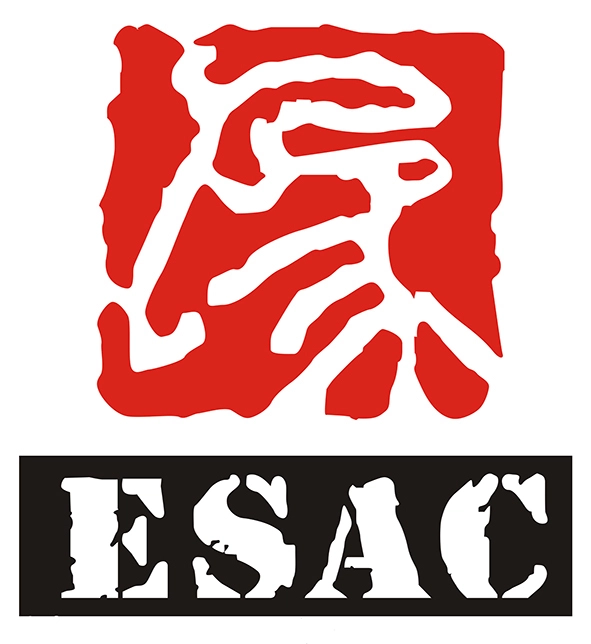5,000+ Entertainment Design Cases, 20+ years Amusement Industry Experience - ESAC Design Sales@esacart.com+086-18024817006
The Role Of An Amusement Park Designer In Crafting Thrilling Adventures
Amusement parks have long been a source of joy and excitement for people of all ages. From thrilling roller coasters to whimsical merry-go-rounds, these parks offer a wide range of adventures for visitors to enjoy. But have you ever stopped to think about the people behind the creation of these magical worlds? Amusement park designers are the masterminds responsible for crafting these thrilling adventures, and their role is crucial to the success of any park.
Designing the Layout of the Park
One of the primary responsibilities of an amusement park designer is to create the layout of the park. This involves deciding where each ride will be located, how guests will move from one area to another, and how to create an overall sense of flow and cohesion throughout the park. Designers must take into account factors such as guest traffic patterns, sightlines, and accessibility when creating the layout to ensure that visitors have the best possible experience.
In crafting the layout of the park, designers must also consider the theme of the park and how each ride fits into that theme. Whether it's a whimsical fairy tale land or a futuristic world, the design of the park should reflect the overall theme and create a cohesive and immersive experience for guests. This attention to detail and storytelling is what sets great amusement parks apart from their competitors.
Creating Thrilling and Innovative Rides
Perhaps the most exciting part of an amusement park designer's job is creating the rides themselves. From towering coasters to spinning thrill rides, designers must come up with innovative and thrilling attractions that will keep guests coming back for more. This involves a combination of creativity, engineering know-how, and a deep understanding of what makes a ride fun and exciting.
Designing a new ride often starts with brainstorming sessions where designers come up with ideas for unique and thrilling experiences. Once a concept is chosen, designers must work closely with engineers to bring the ride to life, ensuring that it meets safety standards while still providing an exhilarating experience for guests. The process of creating a new ride can be lengthy and challenging, but the end result is always worth it when guests line up to take a spin.
Enhancing the Guest Experience
In addition to creating thrilling rides, amusement park designers are also responsible for enhancing the overall guest experience. This involves everything from the design of the park's entrance to the layout of food stalls and souvenir shops. Designers must consider every aspect of the guest experience and find ways to make it more enjoyable, convenient, and memorable.
One way that designers enhance the guest experience is through the use of theming and storytelling. By creating immersive worlds and engaging narratives, designers can transport guests to another place and time, allowing them to fully immerse themselves in the magic of the park. This attention to detail and storytelling is what keeps guests coming back year after year, eager to experience the adventure all over again.
Adapting to Changing Trends
The world of amusement parks is constantly evolving, with new technologies and trends emerging all the time. As such, amusement park designers must be able to adapt to these changes and find ways to incorporate them into their designs. Whether it's incorporating virtual reality into a ride or creating interactive experiences for guests, designers must stay up to date on the latest trends and technologies to ensure that their parks remain relevant and exciting.
Adapting to changing trends also means being able to anticipate the future of amusement parks and plan ahead. Designers must be forward-thinking and innovative, always looking for new ways to push the boundaries of what is possible in the world of theme park design. By staying ahead of the curve, designers can create parks that are not only thrilling and exciting but also ahead of their time.
Collaborating with a Team of Experts
Designing an amusement park is a complex and challenging task that requires the expertise of a wide range of professionals. From engineers and architects to artists and decorators, designers must collaborate with a team of experts to bring their vision to life. This collaborative process involves sharing ideas, solving problems, and working together to create a park that is both exciting and safe for guests to enjoy.
One of the key elements of successful collaboration is communication. Designers must be able to effectively communicate their ideas to team members and provide feedback and guidance throughout the design process. By fostering a culture of open communication and collaboration, designers can create parks that are not only thrilling and innovative but also safe and functional for guests to enjoy.
In summary, amusement park designers play a crucial role in crafting thrilling adventures for guests to enjoy. From designing the layout of the park to creating innovative rides and enhancing the guest experience, designers must bring together creativity, engineering know-how, and a deep understanding of what makes a park truly magical. By staying ahead of the curve, collaborating with a team of experts, and adapting to changing trends, designers can create parks that are not only thrilling and exciting but also immersive and unforgettable for guests of all ages.






